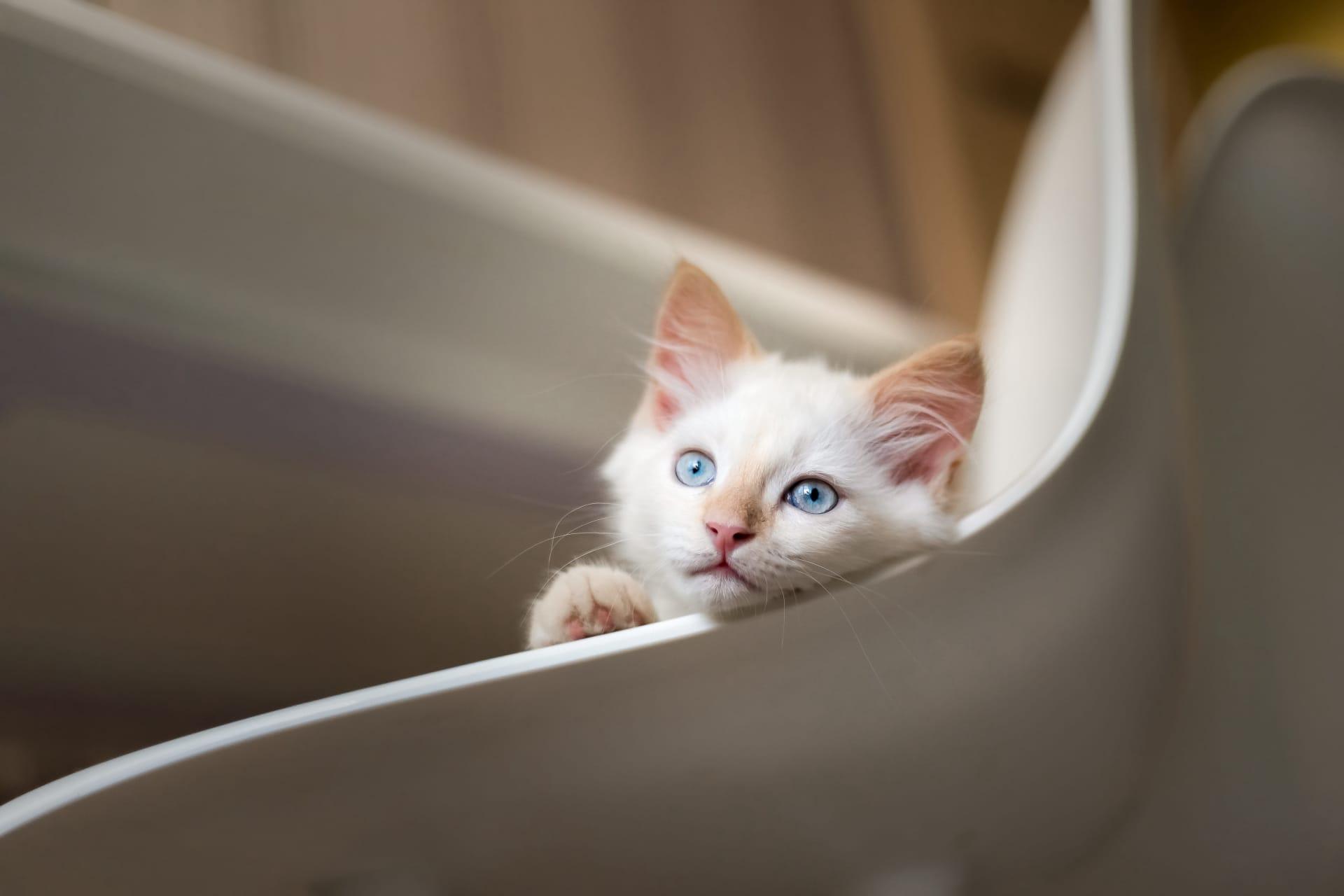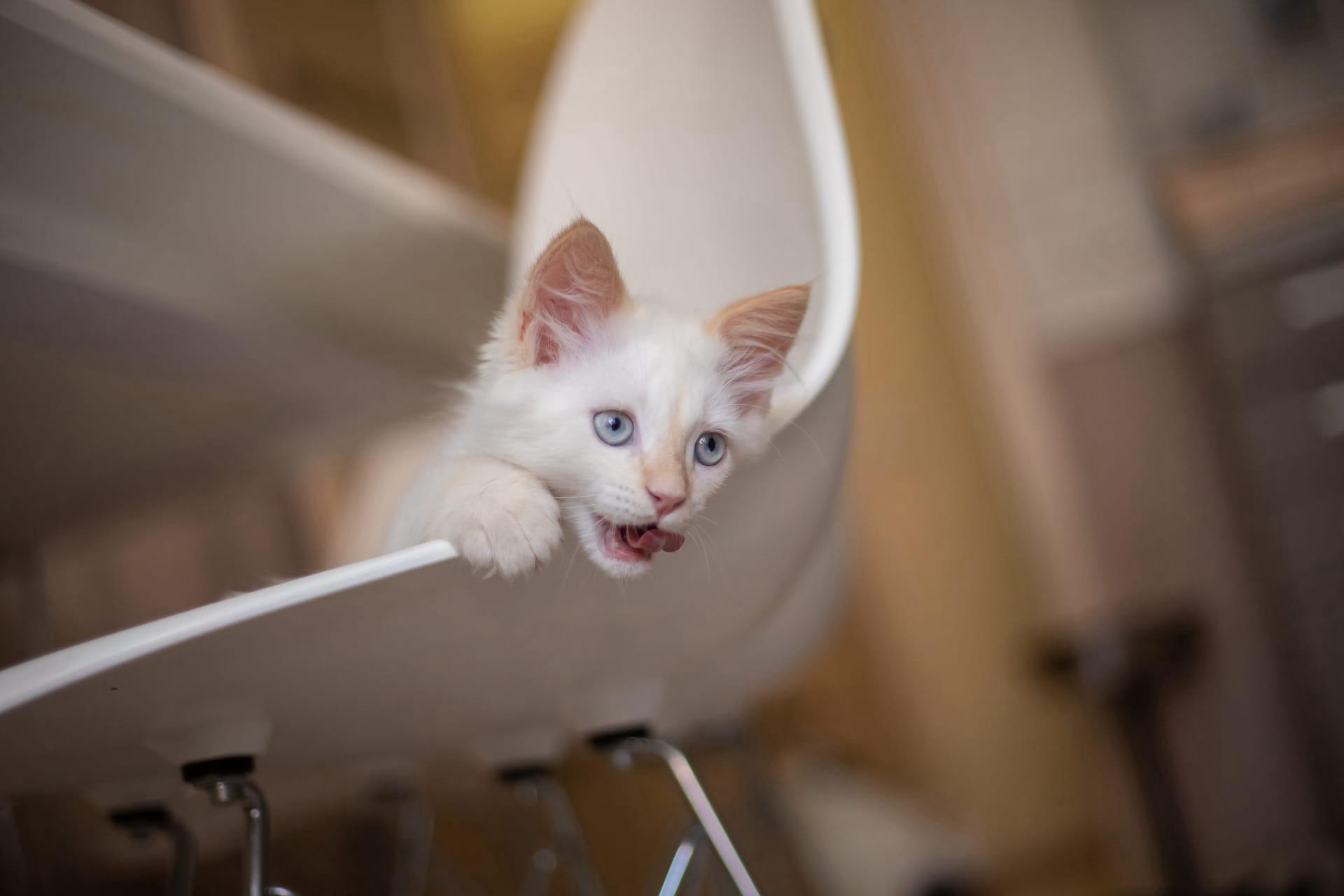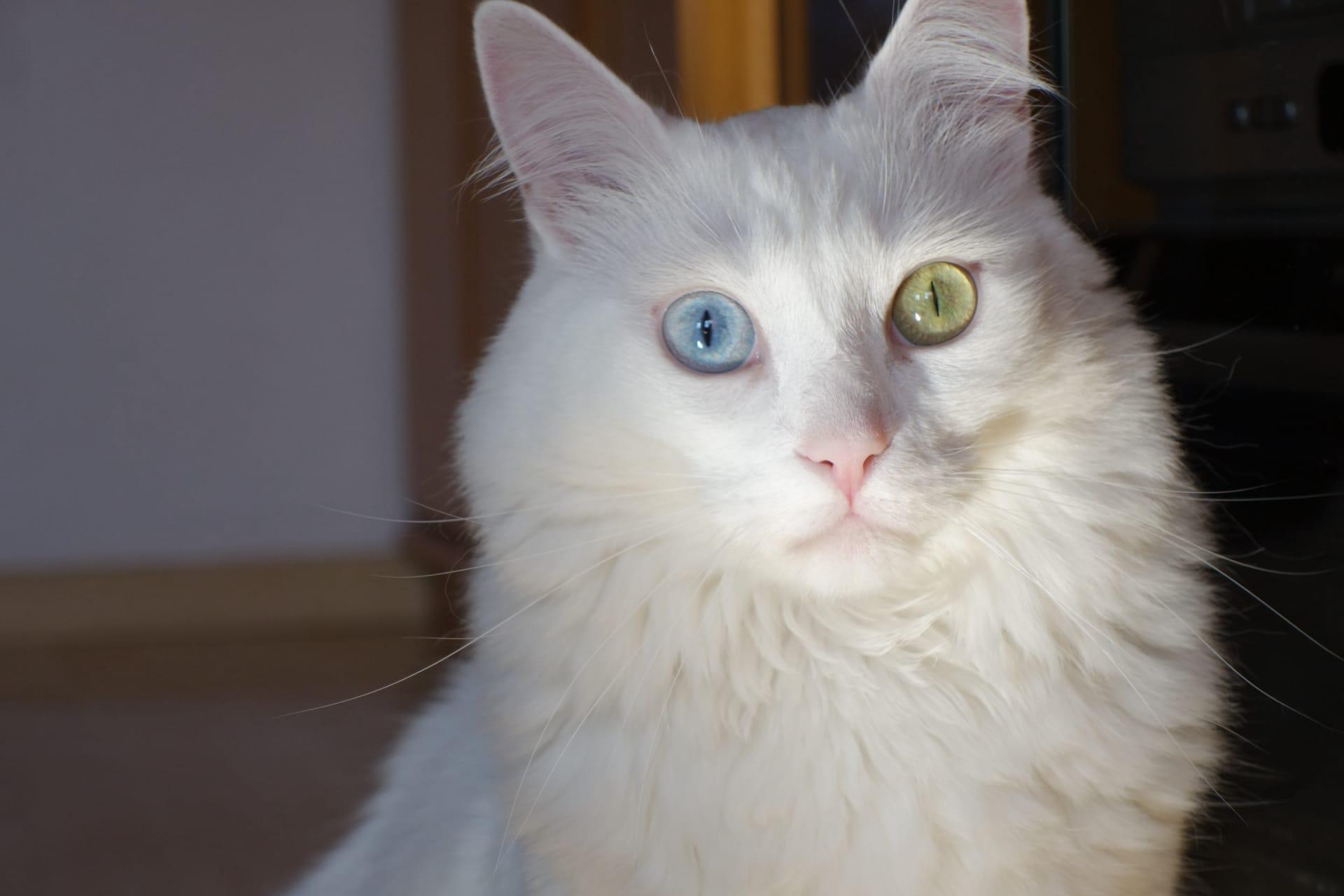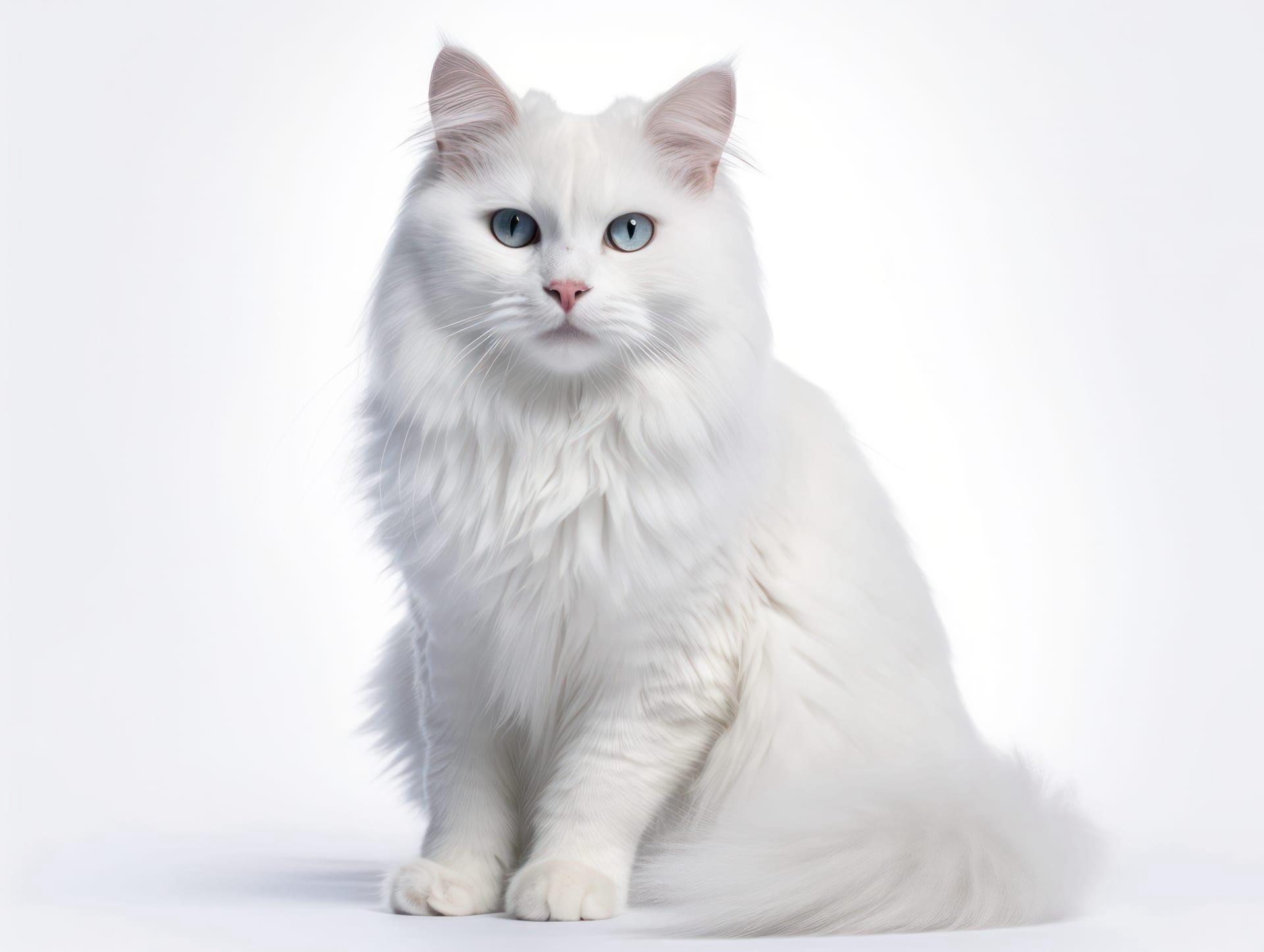1
The Turkish Angora cat is renowned for its striking, pure white coat, but not all Turkish Angoras are white. This breed comes in a variety of colors and patterns, including black, red, blue, and tabby. Their coats are medium in length, silky to the touch, and lack an undercoat, making them less prone to matting. Despite their elegant appearance, Turkish Angoras are surprisingly low maintenance when it comes to grooming, requiring only weekly brushing to keep their fur in pristine condition.
Turkish Angoras are not just beautiful; they are also one of the oldest natural cat breeds in the world. Originating from the Ankara region in Turkey, they have been documented as far back as the 15th century. Their long, streamlined bodies and fluffy tails set them apart from other breeds. Turkish Angoras were so cherished in their homeland that they were considered national treasures, and exporting them was prohibited for years. This isolation helped preserve the breed's unique characteristics for centuries.

2
One of the most endearing traits of the Turkish Angora is its affinity for water, which is unusual among cats. Many Turkish Angoras are known to play with water, dipping their paws into water bowls, and some even enjoy swimming. This love for water is thought to be an evolutionary trait, as their homeland in Turkey is characterized by hot, dry summers and cold, snowy winters, where an adaptable attitude towards water sources would be beneficial.
Another fascinating aspect of the Turkish Angora is its intelligence and playful nature. These cats are highly social and enjoy interactive toys that challenge their intellect. They are known to open doors, fetch toys, and engage in complex play strategies with their human companions. Their social nature makes them excellent pets for families and individuals alike, as they form strong bonds with their owners and seek out their company.

3
Turkish Angoras have a unique genetic predisposition for heterochromia, a condition where an individual has two different colored eyes. This is especially common among white Turkish Angoras, where one eye may be blue while the other is green or amber. This striking feature does not affect their vision, but it does contribute to their distinctive and captivating appearance.
Despite their elegant and refined looks, Turkish Angoras are known for their robust health. They have a lifespan of 12 to 18 years, which is relatively long for a purebred cat. Their genetic diversity and natural breeding history have contributed to a sturdy constitution, though they can be predisposed to certain genetic conditions like deafness, particularly in white cats with blue eyes. Regular veterinary check-ups are recommended to ensure they live a long and healthy life.

4
The Turkish Angora's coat does more than just look beautiful; it also serves a practical purpose. The texture and length of their coat have evolved to protect them from the extremes of their native climate. In winter, their coat thickens to provide insulation against the cold, while in summer, it sheds out to a lighter version to help keep them cool. This natural adaptation highlights the breed's resilience and ability to thrive in a variety of environments.
Turkish Angoras are not just pets; they have also played a role in the development of other cat breeds. Their genes have contributed to the breeding of the Persian and the Maine Coon, among others. In the early stages of developing these breeds, Turkish Angoras were often crossbred to enhance certain desirable traits, such as a longer coat or a larger body size. This interbreeding has left a lasting impact on the genetic makeup of several popular cat breeds today.

5
The Turkish Angora's social behavior extends beyond just humans. They are known to get along well with other pets, including dogs, thanks to their confident and outgoing nature. However, their high energy levels and need for attention mean they best suit households where they can be the center of attention or have companions that match their playful spirit.
The Turkish Angora's vocalizations are as distinctive as their appearance. They have a soft, melodious voice and are known to 'talk' to their owners with a wide range of chirps, trills, and purrs. This communicative behavior is a way for them to express their needs and desires, from asking for food to seeking affection, making them very engaging companions.